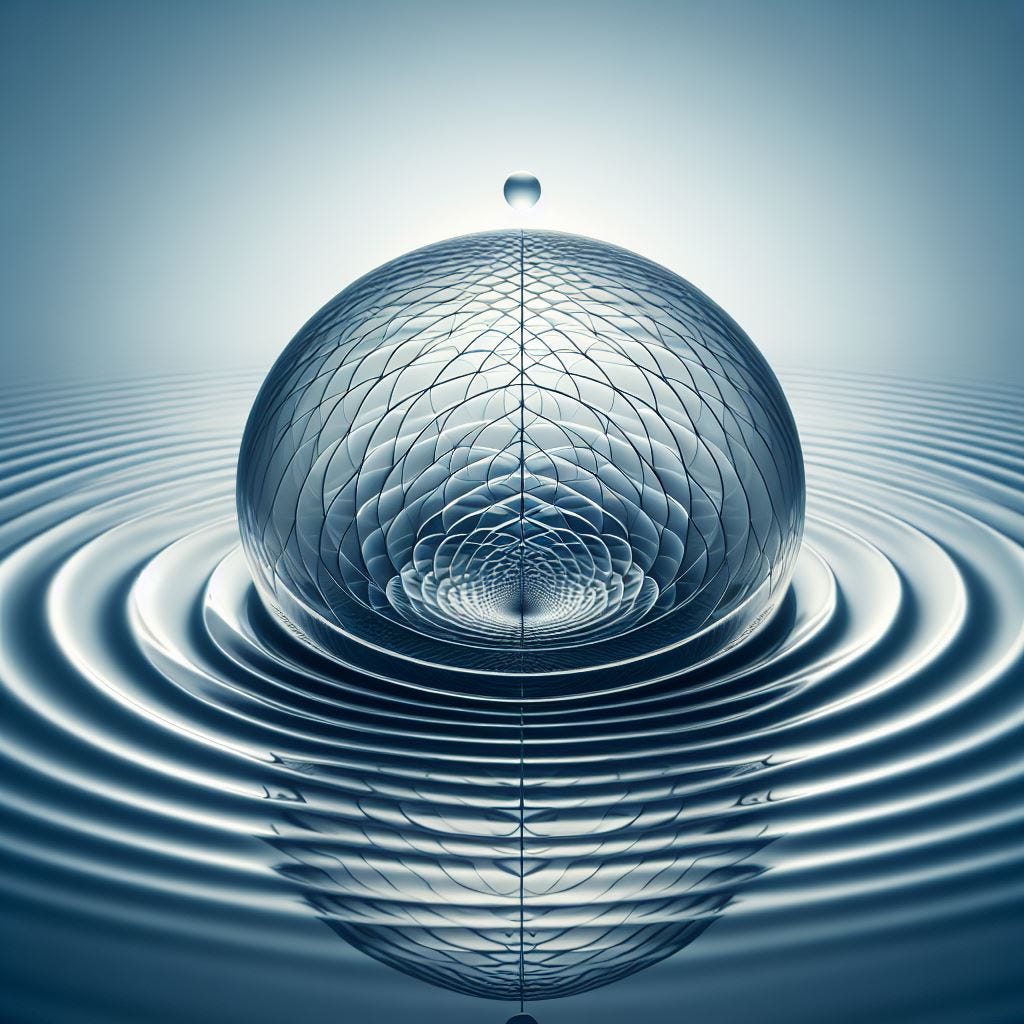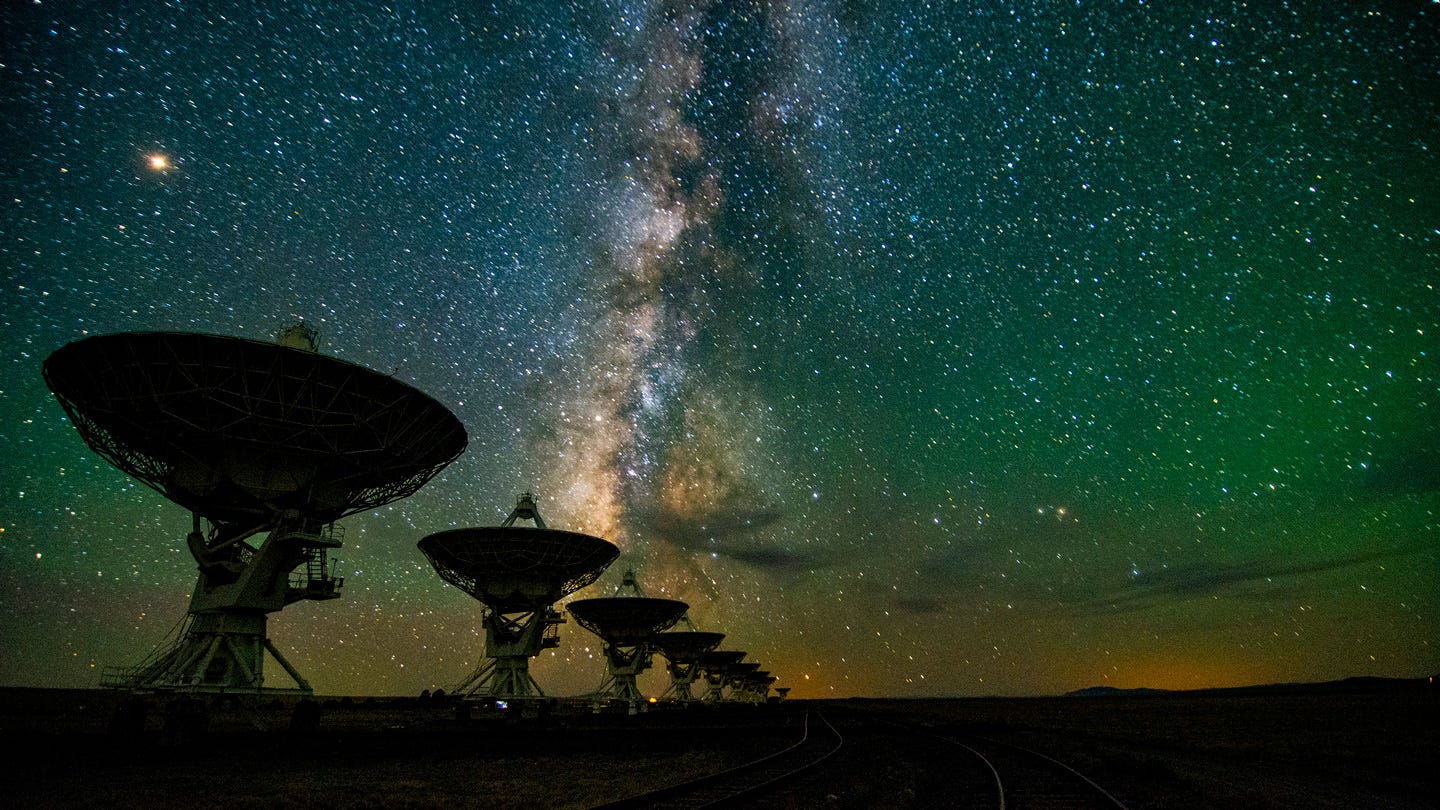Let us look into Cymatics again and discuss visible sound and vibration as a template for manifestation! As we have discussed in ASAP : Keylontic Morphogenetic Science, Cymatics & Healing through Sound Therapy! Cymatics is the science of sound made visible and is based on the physics principle that when sound encounters a membrane, such as the surface of water or the membranes that surround our cells, a pattern of energy is automatically imprinted on the membrane. The pattern consists of antinodes, regions of high pressure, and nodes, regions of low pressure.
Hans Jenny (16 August 1904, Basel – 23 June 1972) was a natural scientist and physician who coined the term cymatics to explain the acoustic impacts of sound wave phenomena. The term came from the ancient Greek chima, meaning wave. And for Jenny, as he discusses in his two volume book ‘Cymatics: A Study of Wave Phenomena & Vibration’, this scientific discipline would involve much more than just moving particles on a surface, but encompass the full range of periodic systems we see everywhere in nature, from weather patterns to the functioning of organic life.
The concept of underlying vibrational patterns in the natural world dates back centuries, with Galileo Galilei being cited as an early witness to the phenomenon in his 1632 writings ‘Dialogue Concerning the Two Chief World Systems’. He describes his experiences while scraping a brass plate with a chisel in an attempt to clean it. Galileo saw a high whistling sound as well as parallel streaks of brass particles that only appeared in unison with the sound.
In the late 1700s, a German scientist named Ernst Chladni was the first to show that sound travels via waves by devising a way to visualize their vibrations.
Shortly after obtaining a law degree, Ernst Chladni made an abrupt career change that led him to become known as both the “father of meteoritics” and the “father of acoustics”. Chladni’s own father was a law professor and disapproved of his son’s interest in science, pressuring him to follow in his footsteps and become a lawyer. Chladni dutifully did what was expected of him, but shortly after graduating from law school in 1782, he received news of his father’s death. While this must have been a difficult time for Chladni, he felt free to pursue the career he actually wanted and turned his attention to physics.
Chladni’s legal background must have gave him an advantage in this science: Having gained experience in reviewing eyewitness testimony for court cases, he used similar methods to support his theory that meteors are extraterrestrial rather than volcanic in origin, which was the prevailing consensus at the time.
Chladni researched all he could about objects falling from the sky and found people who witnessed the events and had heard and seen similar phenomena: masses of rock falling to the ground, fireballs, explosions, and sonic booms. After compiling the most reliable eyewitness reports, Chladni was able to estimate the speeds at which the rocks entered the atmosphere. He concluded that these extremely high speeds, in addition to the rocks’ scorched appearance, were only possible if the rocks came from outer space. Chladni first began conducting experiments in his flat, moving beyond the usual studies of vibrations in string and wind instruments to focus on transverse vibrations of rods. Inspired by earlier works by Leonhard Euler and Daniel Bernoulli and by Robert Hooke.
A century earlier, on July 8, 1680, Robert Hooke sprinkled sand over a solid metal plate, ran a violin bow along the edge to make the plate vibrate, and noted the unique patterns that formed as the sand grains rearranged themselves along the vibrational nodes. One of the first men to build a Gregorian reflecting telescope, Hooke discovered the fifth star in the Trapezium, an asterism in the constellation Orion, in 1664 and first suggested that Jupiter rotates on its axis. His detailed sketches of Mars were used in the 19th century to determine that planet’s rate of rotation.
In 1665 he was appointed professor of geometry in Gresham College. In Micrographia (1665; “Small Drawings”) he included in his studies and illustrations of the crystal structure of snowflakes! (epochal reference) He discussed the possibility of manufacturing artificial fibers by a process similar to the spinning of silk from silkworms (How researchers leveled up worm silk to be tougher than a spider’s), and first used the word cell to name the microscopic honeycomb cavities in cork, thereby contributing to the history of cell theory! More on Biomimicry and Biophilic design in a later blog/newsletter! Here is a Fun Starter podcast link from PocketLab for now! https://www.thepocketlab.com/podcast/lessons-from-nature-biomimicry-design-for-the-classroom-with-amanda-sturgeon
Chladni would take that work to the next level with his systematic investigation of the sound patterns of circular, square, and rectangular plates. By his own account, Chladni found inspiration in the work of Georg Christoph Lichtenberg, who scattered powders over the surface of electrified resin cakes to produce the patterns known today as Lichtenberg figures.
Figuring (pun) he could do the same thing with sound, Chladni began scattering sand on his rods and plates. He had a musician’s ear and could discern slight changes in frequency, so he noticed that different frequencies produced different distinct patterns, and he recorded them. Also, he developed a formula that predicted the sand patterns for vibrating circular plates. He published the results in his 1787 treatise Entdeckungen über die Theorie des Klanges. But his most seminal treatise was 1802’s Die Akustik, a systemic description of the vibrations of elastic bodies that earned him the moniker "father of acoustics."
Hans Jenny used various organic substances vibrating at different frequencies and he found repeatable patterns that represented cellular growth, mandalas, and microscopic life forms. From his work it has been proposed that sound creates form and changing frequencies affect form at a cellular level. Now, using laser technology, physicists are also finding that harmonic intervals produce perfect geometric shapes, reinforcing the idea that vibration underlies all form. The higher the tone and frequency, the more complex the structure.
Cymatics demonstrates that sound creates form. It is important to note that the reality of this is that the forms that manifest out of these occurrences can be replicated if the setting is the same. These patterns and structures that are created using sound are seen in nature and in our environment, in everything from sea shells to plant leaves. It is these findings that point to the suggestion that sound had a direct influence on the creation of matter in all it’s manifested forms on Earth and in our known Universe (a sub Universe in the Multiverse)! More on the Multiverse theory later! (Starter link - https://www.livescience.com/multiverse)
Also, as in Radio Astronomy that studies radio frequencies of astronomical objects which contributes to the validity of Ancient Creation stories that involve sound and the creation of our Universe and Reality. And what is reality but an ever changing frequency in the Fluidic Fractal Space-Time Continuum!
The first detection of radio waves from an astronomical object was in 1933, when Karl Jansky at Bell telephone laboratories reported radiation coming from the Milky Way. Jansky was tracking down sources of radio waves that interfered with wireless communication. Here he stumbled upon a hissing noise coming from somewhere in the constellation Sagittarius.
Then in 1937 Grote Reber, an amateur radio enthusiast, read about Jansky’s discovery and started conducting his own experiments. No one had ever built a radio telescope before, so Reber figured it out himself and based his designs on principles used to focus visible light into optical scopes. He improved upon Jansky’s antenna which was a bunch of metal tubes held up by a pivoting wooden trestle, and fashioned a parabolic metal dish for focusing incoming radio waves to a point, where an amplifier boosted the faint signal. The whole mechanical design sat atop a tilting wooden base that let him scan the sky by swinging the telescope up and down. The same basic design is used today for radio telescopes around the world!
Advanced Support for the Ascension Process or ASAP is a category that will dive deeper into the dynamics of existence and it's processes!
Blessings Everyone as we continue to explore Multidisciplinary Research, Vibrational Medicine and Holistic Health modalities to inspire confidence as we unlock a multitude of resources to make this Ascension shift more meliorative! We are Sovereign and We are most defiantly Freeing Ourselves!
Travis Carper - Ascension Health Coach / Alternative & Holistic Health Service https://www.facebook.com/traviscarper888/ | https://www.linkedin.com/in/traviscarper888/
Additional References :
Hans Jenny and the science of sound: cymatics. - https://geometrymatters.com/hans-jenny-and-the-science-of-sound-cymatics/
Cymatics: A Study of Wave Phenomena & Vibration - https://archive.org/details/hans-jenny-cymatics
Seeing Sound : Hans Jenny & The Cymatic Atlas By Stephen D. Lewis - http://d-scholarship.pitt.edu/7448/1/StephenLewisBPhil2010.pdf
The Magical & Musical Research of Hans Jenny, Creator of Cymatics - https://www.ecoustics.com/articles/hans-jenny-cymatics/
Chladni Figures: Amazing Resonance Experiment - https://www.scientificamerican.com/blog/but-seriously/chladni-figures-amazing-resonance-experiment/
July 8, 1680: The First Experiments that Inspired 18th Century "Chladni Figures" - https://www.aps.org/archives/publications/apsnews/201707/history.cfm
How Do Chladni Plates Make It Possible to Visualize Sound? - https://www.comsol.com/blogs/how-do-chladni-plates-make-it-possible-to-visualize-sound
Robert Hooke - https://www.britannica.com/biography/Robert-Hooke
Robert Hooke - https://www.researchgate.net/publication/227996348_Hooke_Robert
How radio astronomy put new eyes on the cosmos - https://www.sciencenews.org/article/radio-astronomy-history-cosmos-black-hole-planet-universe
What is radio astronomy? - https://www.csiro.au/en/research/technology-space/astronomy-space/What-is-radio-astronomy
An Introduction to Radio Astronomy - https://www.cambridge.org/core/books/an-introduction-to-radio-astronomy/9547F0B892F18587AC9C7D3E908924CD
Cymatics in Music - Healing Frequencies Music - https://www.healingfrequenciesmusic.com/wp-content/uploads/2018/01/Cymatics-Presentation.pdf
Cymatics - Healing Frequencies Music - https://www.healingfrequenciesmusic.com/cymatics/
Welcome to the home of Cymatics and CymaScope - https://cymascope.com/
Talking Acoustics Matthew Ottley -
Radio Astronomy BBC Sky at Night Magazine -
Exploring Astrophysics Vikram Bhamre -







